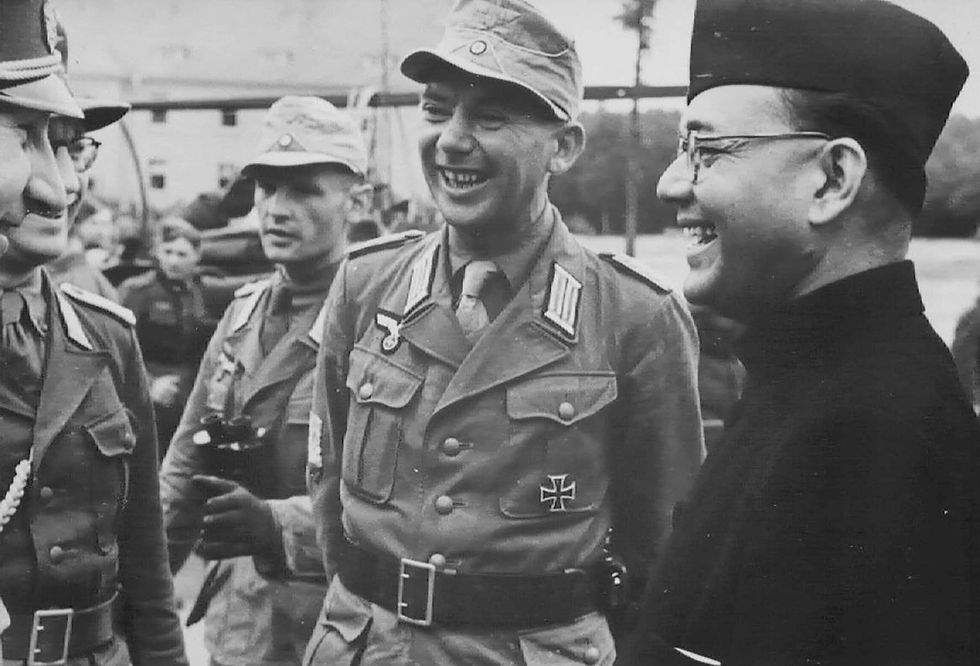Unyielding Flame
- Amit Bhowmik

- Jun 18
- 3 min read
On the 167th death anniversary of Rani Laxmibai, India remembers the woman who dared the world’s mightiest empire.

On a dusty plain outside Gwalior, 167 years to this day (June 18, 1858), a young woman - badly wounded and dressed in cavalryman’s garb - fell in battle. She was 29. To the British she was a ‘rebel.’ To Indians, then and now, she will remain an eternally glorious martyr and a legend: Rani Laxmibai of Jhansi.
I first encountered the legend of Laxmibai not through dusty textbooks but in verse. In the seventh standard at Sherwood College, Naini Tal, where I was a boarder, our Hindi teacher made us memorise ‘Jhansi ki Rani’, the stirring poem by Subhadra Kumari Chauhan, egged on by sharp raps on the knuckles from his wooden ruler. Decades later, I can still recall some of the stanzas. The inspiration has never left me.
Laxmibai, born Manikarnika Tambe in 1828 to a Brahmin family in Varanasi, was no ordinary queen. Groomed in the court of Baji Rao II, the last of the Peshwas, she was as fluent in the arts of war as she was in letters. She practised swordplay and wrestling before breakfast, and by most accounts, ruled her small kingdom with a sense of practical purpose rare among India’s princelings.
Married young to the much older Maharaja Gangadhar Rao of Jhansi, she became ‘Laxmibai’ upon marriage. The couple’s only biological child died in infancy. They adopted a boy, Damodar Rao, whose claim to the throne would later be rejected by the British under the cynical ‘Doctrine of Lapse.’ That 1853 decision, orchestrated by Lord Dalhousie, turned Jhansi from a princely state into annexed territory and transformed a queen into a revolutionary.
When the great rebellion of 1857 ignited in Meerut, it spread like fire through the dry kindling of resentment across north India. Laxmibai, then a widow in her mid-20s, did not hesitate. She rallied her people, held public ceremonies to steel morale and took up arms. Even when sepoys seized Jhansi’s fort and betrayed the trust of surrendering British officers by massacring them in cold blood, the British held Laxmibai culpable, though she herself had been extorted and threatened by the very mutineers she was supposedly allied with.
The British vengeance was swift. In March 1858, Sir Hugh Rose, commander of the Central India Field Force, laid siege to Jhansi. Laxmibai refused to surrender. Her resistance was dogged. She appealed to Tatya Tope, her childhood friend and fellow rebel, who marched 20,000 men to Jhansi’s aid but was defeated at Barwa Sagar near Jhansi. The British then stormed the city. Badal, the horse who carried Laxmibai and her adopted son out of the burning fort, collapsed and died, but not before delivering them to safety.
The queen regrouped in Kalpi, fought heroically, retreated and joined the remnants of rebel forces in Gwalior. There, she attempted to rally the defence of the strategic fort. But unity eluded the rebels who were riven by disorganisation, personal ambition and corruption. Still, on June 17 at Kotah ki Serai, Laxmibai charged into battle once more. Accounts differ on how she died. Some say she was gunned down by a British soldier she managed to shoot first; others that she succumbed to wounds while in disguise. In either version, she ordered her body burned to avoid defilement.
Laxmibai’s adopted son, Damodar Rao, lived under British supervision, and was granted a modest pension and allowed a skeletal retinue. After his death in 1906, his son Lakshman Rao, stripped of financial support, became a freelance typist in an Indore courthouse, living in quiet penury. The family, adopting the surname ‘Jhansiwale’ in memory of their lineage, was denied recognition as legal heirs by the British.
In 1957, a century after the uprising, the Uttar Pradesh government offered Lakshman Rao a token monetary honour at a commemorative event. His descendants, long removed from thrones and treaties, lived unremarkable middle-class lives far from the glare of history. In 2015, his grandsons were honoured at the Jhansi Jan Mahotsav. One of their sons, Yogesh Jhansiwale, now works as a software engineer in Nagpur - a quiet coda to a once-blazing legacy.
India’s freedom struggle is often dated to the 20th century. But its first flames were kindled by people like Laxmibai. Her rebellion was not modern nationalism but something older - an unwillingness to be ruled without consent.
Today, as India celebrates its sovereignty and debates the meaning of freedom, the memory of Rani Laxmibai still stings with relevance. In an era where surrender often masquerades as pragmatism and history is recast for convenience, her example endures not because she won but because she fought.
(The writer is a lawyer based in Pune.)





Comments